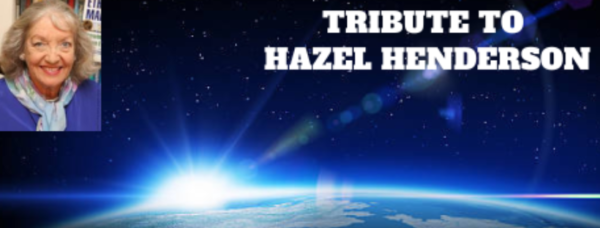© 2015
The best way to ensure that your diamond is not bloodstained from conflicts is to buy an identical gem created by human science. These can be indistinguishable from diamonds mined from the Earth and avoid polluting the planet and exploiting miners, hundreds of whom die every year. The growing science-created diamond industry is the biggest challenge yet to the mystique of mined diamonds.
Remember when women proudly wore fur coats, some from endangered species? Today’s women are more likely to fear public scorn. Furry fabrics are now the fashion. Could the same fate befall diamonds and other gems mined out of Mother Earth?
Disrupting technologies upending old markets are nothing new, as we see with AirBnB’s challenge to hotels and Uber’s to taxis. This creative destruction was described by Joseph Schumpeter as the core process of innovation in market economies. Renewable energy and efficiency technologies are challenging fossil fuels and nuclear power. Massive over-investments in such “proven reserves” on oil and coal company balance sheets are becoming “stranded assets” or new liabilities. Mining industries are similarly shunned by many ethical investors and portfolio managers, including mining of diamonds and other gemstones from the Earth. Since the movie, Blood Diamonds, star Leonardo Di Caprio has launched his own company, Diamond Foundry and the science-created gem industry is growing, as we report at (www.ethicmarkgems.com).
Global activists’ concern over “conflict diamonds” dates back to the 1970s. The civil war in Angola was fought by rebel groups with diamonds valued at US $372 billion to finance war with the government. By 1998, the United Nations passed UN Security Council Resolutions 1173 and 1176 banning the purchase of blood diamonds from Angola. By 1999, the illegal diamond trade was estimated by the World Diamond Council to have been reduced to 3.6% of the world’s diamond production and the Council reported in 2004 trade fell to only 1%.
Despite these UN sanctions, illicit diamonds are still available from Ivory Coast, Liberia, the Congo, Sierra Leone and Zimbabwe. Global Witness first exposed these issues in “A Rough Trade” in 1998. The UN’s Fowler Report in 2000 led to another UN Security Council Resolution 1295. In response, the diamond-producing countries of southern Africa met in Kimberley, SA, to devise a plan to halt trade in blood diamonds and assure buyers of “conflict-free” gems. They later launched the Kimberley Certification with support from Canada, also a diamond producer.
By 2000, the World Diamond Congress adopted a resolution to block sales of conflict diamonds with a ban on trading on any of the World Federation of Diamond Bourses. In 2002, after years of negotiating with NGOs and governments, the Kimberley Process Certification Scheme (KPCS) was created. This resulted in large volumes of diamonds flowing into legal markets , for example some $125 million of diamonds were legally exported from Sierra Leone in 2006. Yet, non-compliance is still rampant, leading to systems for tracing diamonds’ origins such as by Materialytics. The USA is the largest consumer of diamonds and enacted the Clean Diamond Trade Act (CDTA) in 2003. The US State Department’s officer, Ashley Orbach, is Special Advisor for Conflict Diamonds.
Now that human innovation produces lab-created diamonds, the best of which are chemically indistinguishable from mined diamonds, the tables are slowly turning. Some mined diamonds are advertised as going beyond the Kimberley Process, such as those sold by Brilliant Earth and Leber Jeweler, which include Canadian-mined diamonds. Brilliant Earth guarantees they are “untouched by human rights abuses and mined in accordance with fair trade principles to empower communities.” These mined diamonds are claimed to meet “rigorous environmental standards.” Aryn Baker gives advice on “How to Buy an Ethical Diamond” in TIME.
Yet the new question is: why mine diamonds at all – when identical gemstones are now created by dozens of companies in North America and Europe, often for a fraction of the cost? Today’s Millennials share deep concerns for the environment and human rights. They often avoid consumerism, old customs, as well as flashy weddings and costly engagement rings. Many are burdened with student debt and facing shrinking job opportunities and automation’s displacement by machines.
For all these reasons, Ethical Markets, which for over a decade has set new standards in investing with the Ethical Money Directory and Principles of Ethical Biomimicry Finance®; in efficient renewable energy in the Green Transition Scoreboard®; with our EthicMark® Awards for Advertising that Uplifts the Human Spirit and Society and our free MOOC for students worldwide, is now launching a new standard for diamonds and other gemstones: the EthicMark® GEMS Quality Assurance which guarantees only those gemstones that are not mined from the Earth but created by human ingenuity. We are inviting comments on all aspects of these issues, and to sign our Pledge to only buy gems not mined from the Earth.
